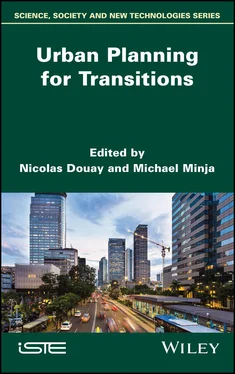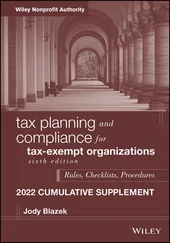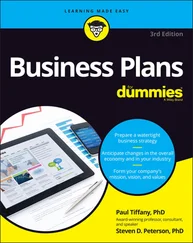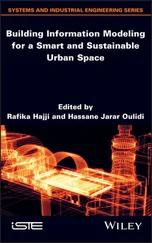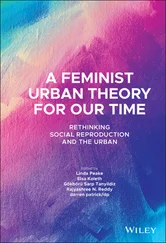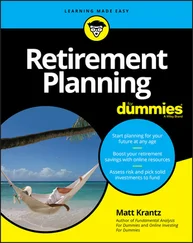1 (i) strategic planning and resilience transition: Rotterdam Resilience Strategy, Rotterdam ( Chapter 1); Sustainable Florianópolis Action Plan, Santa Catarina ( Chapter 2); “Recife 500 Anos” Plan, Recife ( Chapter 3);
2 (ii) green transitions: Greenest City 2020, Vancouver ( Chapter 4); The Grandeur Nature Plan, Eurométropole of Strasbourg ( Chapter 5);
3 (iii) mobility transitions: The Car-free Livability Programme, Oslo ( Chapter 6); A Carbon-free City, Uppsala ( Chapter 7); The Bicycle Strategy 2011–2025, Copenhagen ( Chapter 8);
4 (iv) digital transitions: Smart and Digital City Action Plan, Montreal ( Chapter 9); A Smart City Masterplan, Kigali ( Chapter 10); The Array of Things, Chicago ( Chapter 11); 22@Barcelona Project, Barcelona ( Chapter 12).
These policies and strategies will eventually allow cities to become more efficient “systems”, allowing them to effectively navigate through change, build capacity to withstand shock (such as natural calamities) and use experimentation and innovation ways to face uncertainty, hence adaptive, resilient and robust cities and urban spaces.
Introduction written by Nicolas DOUAY and Michael MINJA.
1
Rotterdam Resilience Strategy, Rotterdam
1.1. Introduction
Rotterdam is facing several challenges including climate change and notable urbanization and digitalization, which have not only brought new opportunities but also brought new risks. Since 80% of its urban area is below sea level, water management has always been vital on the resilience agenda in Rotterdam. With the intensification of urbanization processes, permeable areas to manage stormwater drainage are diminishing. At the same time, climate change only adds to the problem, raising the probability of storms and floods and thus forcing the city to rapidly adapt into more resilient actions and strategies.
On May 2016, the city of Rotterdam launched its very first resilience strategy to make the city resilient and ready for the challenges of the 21st century. To reproduce the current framework where Rotterdam is towards resilience, this chapter will briefly look into the 2016 resilient strategy and also have a brief glimpse on the history of the evolution of the urban policies on sustainable adaptations in Rotterdam.
1.2. Context and background
Table 1.1. Introductive summary table of Rotterdam Resilience Strategy
| Area (km 2) |
325.79 |
| Population (Rotterdam municipality) |
644,688 |
| Population density (per km 2) |
3,043 |
| Urban planning strategy |
Rotterdam Resilience Strategy: Ready for the 21st Century |
| Project scale |
Entire city (325.79 km 2) |
| Strategy type |
Social cohesion and education, Energy, Climate adaptation, Cyber, Vital infrastructure, Governance |
| Strategy origin |
– The Instrument of Water Assessment (2000)– Climate Change Plan (2008)– National Spatial Strategy– The Rotterdam Climate Adaptation strategy (2013) |
| Responsible administrative authority |
The Municipality of Rotterdam + other stakeholders depend on goals and actions |
The city of Rotterdam is a thriving world port city; it is the second largest Dutch city after the capital Amsterdam and currently has a population of more than 644,688 inhabitants (2020, Statistica website). It is located in the province of South Holland, in a delta region near the North Sea, as Map 1.1shows. Rotterdam is considered one of the main gateways to overseas trade in Europe and an industrial and technological hub of the Netherlands.
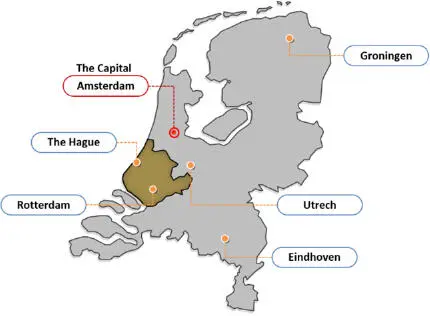
Map 1.1. Location of Rotterdam city
(source: Time map website)
The Netherlands was one of the first countries to commit to the sustainability transition discourse in its public networks. In 2000, the government developed the instrument of Water Assessment for implementation in all spatial plans and spatial decisions relevant to water, sequentially becoming mandatory for zoning plans and project decisions.
However, this first plan embraced water management, but it did not have any integration with other urban complexities. The 2008 plan was complemented with initial measures that addressed climate change and, since then, water management has been incorporated in the National Spatial Strategy. This national strategy contributed to the Rotterdam Climate Initiative (RCI), launched in 2013, which aimed to “reduce CO 2emissions by 50% and to have made the region 100% climate proof by 2025”. This made Rotterdam one of the global pioneers in urban climate adaptation.
The city of Rotterdam released its Resilience strategy on April 2016 with a vision towards 2030. The strategy will strive to bring the city onto the next level of climate readiness. In fact, the implementation of this climate adaptation strategy had already started with the 2013 strategy and managed to fulfill a number of the objectives, hence exposing the plan’s ability to initiate change.
1.3. Rotterdam Resilience Strategy – Ready for the 21st Century
1.3.1. Methodology
The city formulated a clear methodology to define its resilience strategy and vision. The city’s suggestions came after considering the site analysis and the challenges that faced the city. They ended up formulating an integrated vision that would include all the stakeholders and also address the stakeholders’ requirements. To be able to do so, a number of steps will be compulsory. The strategy referred to the infamous 100 Resilience Cities program, which had already laid out the necessary steps and methodology to create and achieve resilient cities. These steps are outlined below ( source: Rotterdam Resilience Strategy ):
1 i) An assessment of the current situation and defining the city’s challenges: using a list of the main fields of activity in the city in which it includes 12 aspects, that should be covered by the resilience strategy. These aspects are categorized in four sections, which are:– health and well-being;– economy and society;– infrastructure and environment;– leadership and strategy.
2 ii) Review the main transitions in development:– the economy of the 21st Century (“next economy”): simultaneous transitions from fossil fuels to renewable forms of energy, from analogue to digital and from a linear extractive economic model to a circular sustainable model;– climate change: rising sea levels, unpredictable river flow volumes, more frequent and more intense rainfall, subsidence and heat stress;– digitization: exponential rate of technological progress and development, characterized by the Internet of Things, Smart City and Big Data. Despite it presenting plenty of opportunities, it also increased the levels of dependency and vulnerability in the field of security and privacy;– new democracy: individualization, an increase in self-organization, assertive citizens and consumers, better information, new roles for government and utility services, as well as the emergence of the “prosumers” (people who are simultaneously consumers and producers);– unknown developments: the ultimate form of resilience needs to deal with unexpected development or changes that might happen and turn out quite differently to what was anticipated.
3 iii) Defining action areas: based on the analysis and the city challenges, the city decided to formulate its vision and goals around four main areas: citizens, infrastructure, governance and economy.
Читать дальше
